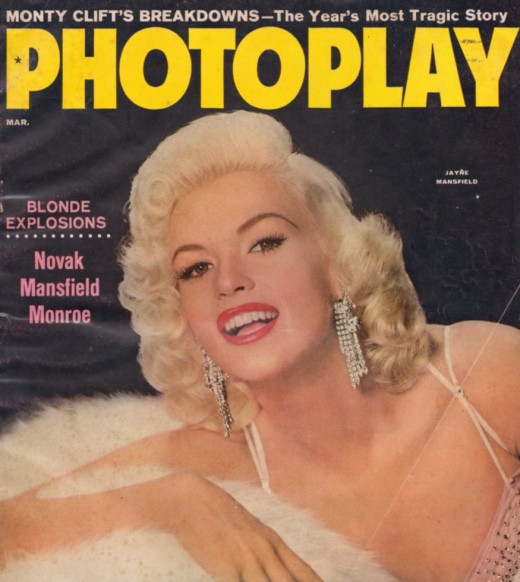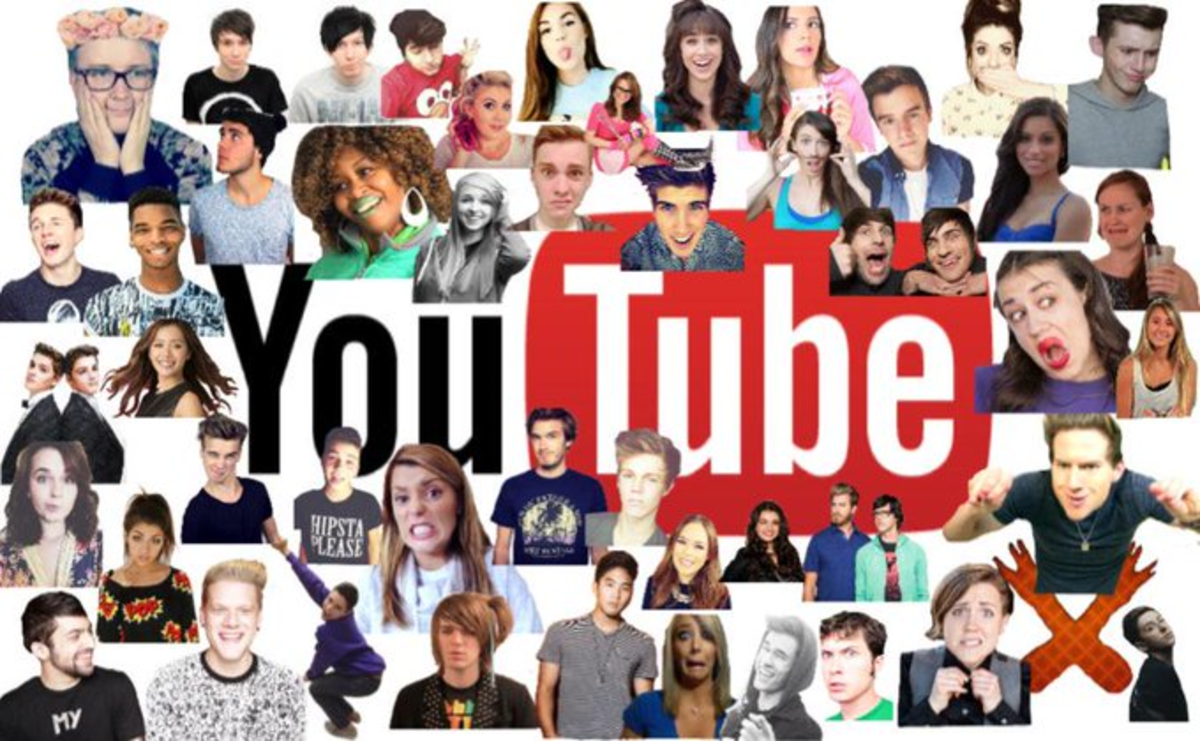How to Sell Your Photographs to Print Media

Photographers have been struggling with how much to charge for their work since the invention of the medium.Some may charge too little in hopes of beating the competition or simply because they had no reference point.
I find it not too surprising that depending on what part of the world you are in the prices can vary wildly and this is including the states.
But like many artists most tend to go by instinct and price their images as to how they feel about each and how difficult it was to get that award winning shot. This is usually dictated by the average fees charged by others in your region.
However, most photographers who specialize in selling their work to print media have traditionally structured their fees in two basic ways; creative fee plus a production expense. Normally the creative fees are what you think your talent and creative work is worth to anyone willing to get it and the time spent with any other expenses usually included. This should also cover a licensing fee for others to reproduce your work and make money from it.
Expenses are meant to take care of the associated costs of producing a photographic shoot and here costs relating to the hiring of assistants, makeup artist gaffers, light crews, food, transportation, set design as well as other incidental expenses are taken into account.
Any other costs such as digital editing, printing and supplies can be included but this has to be kept in check or run the risk of overpricing your work. These are crucial things to consider for any photographer who runs a business and must keep detailed records as to where the money goes since this is a basic accounting principle and must be given priority. This is one basic way to keep track and make sure that your business is actually profitable.
If you sell a photograph for let's say $1000 to a national magazine you may think that you did great, but later you remember that it cost you $100 for the model,$150 for the make up artist, $200 for the rental of the lights or the studio, $100 to rent a van, $200 for the day's food, then add gas, editing, time spent, fees associate's with entrance to a location, salary and so on, you may actually be making about $100 in profit for one whole day of shooting, if at all.
So you wonder why most professional photographers have their own fully equipped studio, do their own office work, print and edit their own photographs, do their own digital work, know how to apply make up and do hair plus also have a reliable vehicle? Because they can keep costs to a minimum thus maximize their profits.
With this in mind, if you are really intent on working for a magazine for example and are hired to do a shoot for them,you can expect to be paid in two ways which consists of a per day fee or a per page fee.
Day rate is what the word implies; you are paid a flat fee per every day that the shoot goes on. You get this fee even if the publication ends up not using any of your images and even cancel the article or project.
Per page, most commonly called per space, is a fee where a client will pay for the amount of space on which your images will be used. So if your work is used on a 1/4 page you get the fee, if the images are used on a whole page, you still get the same fee, if they use your work on two pages then you get the fee for each page and so on.
When a client pays the photographer a guaranteed minimum they not only build trust and good will but it also opens the door for constructive negotiations.
A combination of per day and per page is the norm in most major markets but your reputation is a major player in how much negotiating power you can command.
Typical fees paid per space are: 1/4-page: $200.00 , 1/2-page: $300.00, full page: $500.00 and cover (front or back) $1,500.00 however this is heavily governed by the region where the client is based.
Keep in mind that some clients have fixed budgets for their needs so it is not unheard off that clients will offer a flat fee and maybe plus expenses regardless of how many pictures they end up using or the number of pages on which your work is featured.
Besides your fees, there are many other important aspects to keep in mind when working with any publication, especially when a contract for work is involved such as:
Payment Schedule which is typically 30 to 45 days from the date of submission.
Having an advance to cover costs prior to the shoot.
Making sure that you retain copyright until you are paid in full and this is paramount.
Cancellation notice when you should be properly notified with enough advance time if the client decides to cancel the shoot.
Exclusivity clauses where a set time is agreed upon where no one but the client may use your work and this time frame is negotiable but it normally runs from about 30-45 days upon submission of your finished work.
Insurance against damages if you get into a legal tussle if any issue arises as a result of the shoot.
Tear Sheets where you will be given a copy of the publication showing how your work was used.
- How to get your photos published in magazines | Digital Camera World
Find out how to get your photos published in magazines. We'll take you through the best approach, tips to improve your chances, identify common mistakes and, finally, answer the all-important question of 'what will I be paid'?

© 2013 Luis E Gonzalez




